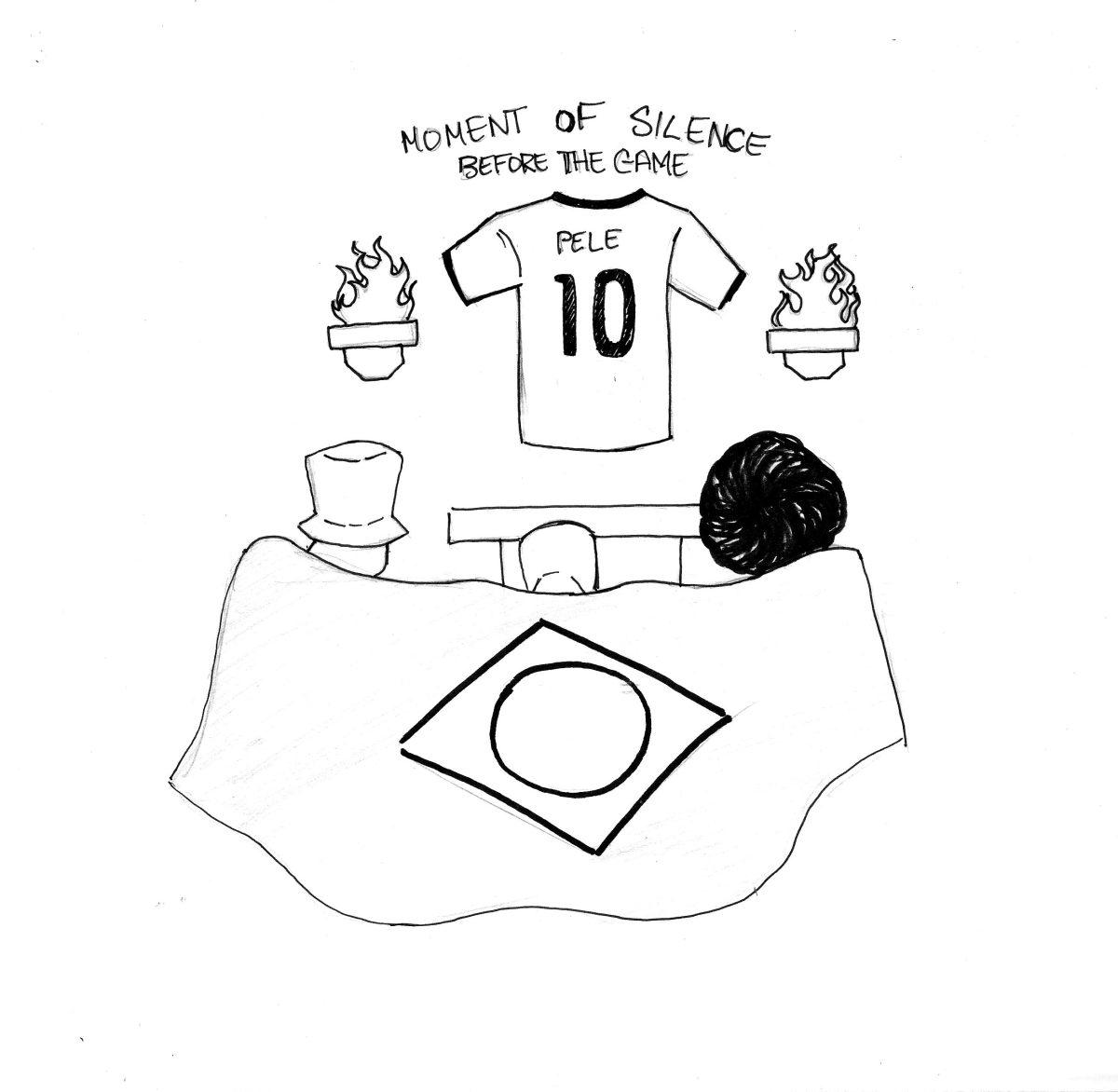Is anybody else having déjà vu? This season is looking a lot like last season, as our football team has lost four consecutive conference games. Instead of sulking, did anyone else catch one of the biggest sporting events on the planet this weekend?
Unfortunately, I am going to guess that most of you probably don’t know what I am talking about. It’s that other Snapchat story next to College Football that was added on Saturday and highlights one of the biggest “football”—or soccer, for us in the United States—matches in the world.
FC Barcelona and Real Madrid C.F. met on Saturday in Madrid, Spain for the 228th meeting of El Clásico. This rivalry is larger than any rivalry between the Yankees or Red Sox, Heat and Spurs or Packers and Bears. The teams were ranked as the two most valuable clubs in the world in 2014 and represent more than just their team colors.
FC Barcelona is obviously situated in the heart of Catalonia in Barcelona. True supporters don’t associate with Spanish nationality, but identify themselves as Catalan. Being a fan of Barcelona is being a supporter of Catalan nationality and separation from Spain. A win for Barcelona isn’t just a win for the club—it’s a win for nationality and independence. Real Madrid, on the other hand, represents Spanish nationalism.
Madrid is the capital of Spain and the heart of the country. It represents everything Spanish from language and history to culture and food. They don’t associate with the political movements of Catalonia or the Basque region, but promote themselves as truly Spanish.
To some, El Clásico is only a soccer match, but the rivalry is much deeper than that and can be seen throughout the streets.
Before the start of the game, there is chaos in the street. Flares are lit and chants recited as police try to control the atmosphere.
Soccer in Europe is taken very seriously, especially in Spain. People of all ages, sexes and backgrounds stop everything for 90 minutes. I’ve never seen the enthusiasm that I’ve seen for soccer here for any sport in the U.S. Once the whistle blows, people practically refuse to leave their seats. For 45 minutes at a time, they are fully engaged in the game.
Soccer games in Europe are akin to a religious experience. Meanwhile, football, basketball and baseball games in the U.S. offer more of a social experience. Our sports are meant for money, commercials and publicity, but soccer is true to its meaning: sport. That might be why some people think soccer jerseys look cheesy with all the sponsors, but there is no other option for advertising, and soccer is not changing any time soon.
To the passive American observer, soccer seems like a boring sport because of its low level of scoring, but there is much more to the game. It’s called the “beautiful game” for a reason and it is no fluke that it still remains the world’s number one sport. I’m obviously biased because I grew up around it, but my time in Europe has made me realize why I am biased. It’s a combination of mental, physical and emotional strength combined with a lot of skill and extremely tactical play.
Saturday’s game was no exception as both clubs put on an incredible show. The city shut down for 90 minutes and watched the beautiful game together.











